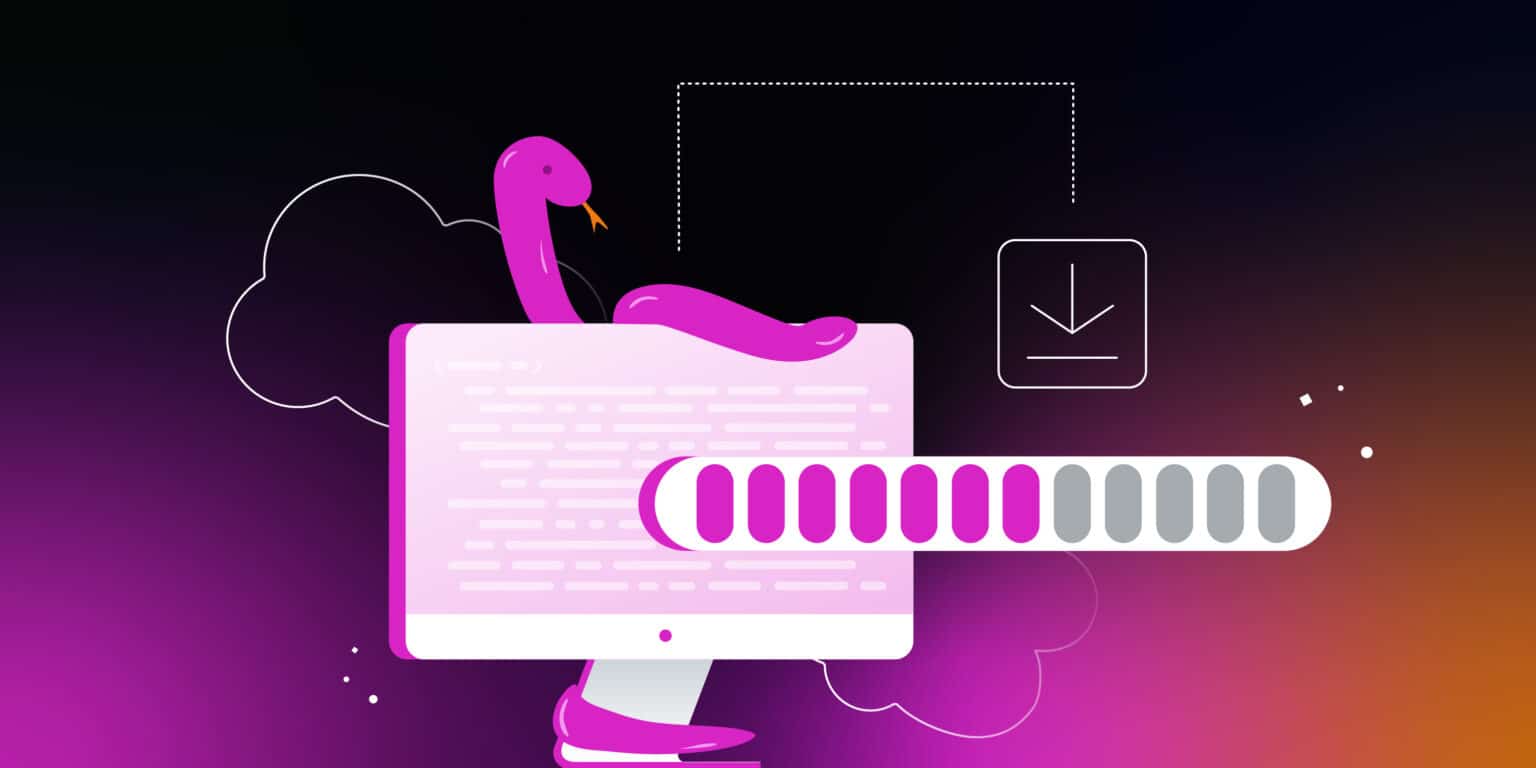Installing Python

How to Install Python on Mac, Windows, and Linux
Python is one of the most popular programming languages today, used for everything from web development to machine learning. To start coding in Python, the first step is to install it on your computer. In this blog post, we’ll guide you through the installation process on Mac, Windows, and Linux.
1. Installing Python on macOS
macOS typically comes with Python pre-installed, but it’s usually an older version. To install the latest version of Python, follow these steps:
Step 1: Download Python for macOS Go to the official Python website: Visit Python.
On the main page, you’ll see the latest Python version for macOS. Click on the “Download” button for macOS.
Step 2: Install Python Open the .pkg file you downloaded. This will launch the Python installer.
Follow the on-screen instructions to complete the installation. It’s typically a matter of clicking “Continue” and then “Install.”
Step 3: Verify Installation Once Python is installed, you can check the version by opening your Terminal and typing:
python3 –version
This should display the version of Python that you just installed (e.g., Python 3.x.x).
Step 4: Install PIP (if not already installed)
PIP is Python’s package manager, which allows you to install additional libraries and tools. You can verify if it’s installed by running:
pip3 –version
If it’s not installed, you can install it by running:
python3 -m ensurepip –upgrade
Step 5: Set up a Virtual Environment (Optional) It’s recommended to use a virtual environment to manage project dependencies separately. Here’s how you can set it up:
Install the virtualenv package (if not already installed):
python3 -m pip install virtualenv
Create a new virtual environment:
python3 -m venv myenv
Activate the virtual environment:
source myenv/bin/activate
2. Installing Python on Windows
Windows doesn’t come with Python installed by default, but the installation process is easy. Here’s how you can get started:
Step 1: Download Python for Windows Visit the official Python download page: Visit Python.
Click the “Download Python” button. The website will automatically detect your Windows version and offer the appropriate installer.
Step 2: Run the Installer
Open the downloaded .exe file to launch the Python installer.
Important: Make sure to check the box that says “Add Python to PATH” before clicking “Install Now.” This will allow you to run Python from any command prompt.
Click “Install Now” to proceed with the installation. This will install Python and PIP by default.
Step 3: Verify Installation
Once the installation is complete, open Command Prompt (type cmd in the search bar and hit enter). To verify Python is installed, type:
python –version
You should see the Python version displayed (e.g., Python 3.x.x).
Step 4: Install PIP (if not installed) If PIP isn’t installed automatically, you can download and install it manually using the following command in Command Prompt:
python -m ensurepip –upgrade
Step 5: Set up a Virtual Environment (Optional)
Open Command Prompt and install virtualenv:
python -m pip install virtualenv
Create a virtual environment:
python -m venv myenv
Activate the virtual environment:
myenv\Scripts\activate
3. Installing Python on Linux
Python is usually pre-installed on many Linux distributions, but it may not be the latest version. To ensure you have the latest Python version, follow these steps for your distribution:
Step 1: Update the Package List Before installing Python, update your package list to ensure you’re installing the latest available version.
sudo apt update # For Debian-based distributions like Ubuntu
sudo yum update # For RedHat/CentOS-based distributions
Step 2: Install Python
To install Python on Linux, use the following commands based on your distribution.
For Debian/Ubuntu:
sudo apt install python3
For RedHat/CentOS/Fedora:
sudo yum install python3 # CentOS/RedHat
sudo dnf install python3 # Fedora
Step 3: Verify Installation
Once Python is installed, you can verify it by checking the version in the terminal:
python3 –version This should output the installed version of Python (e.g., Python 3.x.x).
Step 4: Install PIP (if not installed)
If PIP is not already installed, you can install it with the following command:
sudo apt install python3-pip # For Debian/Ubuntu
sudo yum install python3-pip # For CentOS/RedHat
Step 5: Set up a Virtual Environment (Optional)
To manage dependencies for different projects, you should set up a virtual environment:
Install virtualenv:
python3 -m pip install virtualenv
Create a virtual environment:
python3 -m venv myenv
Activate the virtual environment:
source myenv/bin/activate
Final Thoughts
Now that Python is installed on your system, you can start writing and running Python scripts! Whether you’re using a Mac, Windows, or Linux, the installation process is straightforward, and you’ll be ready to dive into Python development in no time.
Remember to use virtual environments to keep your projects and dependencies organized. Happy coding!

 Never miss a story from us, subscribe to our newsletter
Never miss a story from us, subscribe to our newsletter